This salad is a mixture of all of my favorite things. Salami, feta, capers, sun-dried tomatoes, olives, and farm eggs, tossed with a base of blanched broccoli and carrots. As with almost all of my recipes, I encourage you to substitute, omit, and add ingredients to your heart’s content. Some other ideas I had while futzing around the grocery store shopping for this salad included cauliflower, bacon, scallions, provolone cheese, smoked salmon, roasted potatoes, and pickled peppers.
Making a salad like this each week is a great habit to get into. It will last several days in the fridge (especially if it is only lightly dressed, as I recommend), so it’s a super easy way to throw down some vegetables and high-quality protein when you’re in need of a quick lunch or snack.
Antipasto Salad
*serves 4 as a main course, 8-10 as a side*
2 # broccoli, broken into bite-sized florets
1 medium carrot, julienned
4 eggs, hard boiled and cooled
¼ C. sun-dried tomatoes (dry or oil-packed), julienned
¼ # salami, julienned
about a dozen of your favorite olives, pitted
2 Tbsp. capers
6 oz. feta cheese
For the dressing:
3 Tbsp. fresh lemon juice (from 1 lemon)
3 Tbsp. red wine vinegar
1 Tbsp. mustard (whatever variety you like)
a very small handful Italian parsley leaves
6 Tbsp. fruity olive oil (I like Arbequina)
S & P to taste
First, hard boil the eggs if necessary. I recommend placing the eggs into cold water, bringing them *not quite* to a boil, and then turning them off and allowing them to sit in the hot water for 7 minutes. Then transfer to a bowl of cold water to cool and peel when you’re ready.
To blanch the vegetables, bring a large pot of salted water to a boil. Blanch the broccoli and carrots for just one minute, stirring often. Drain in a colander and rinse with very cold water for another minute or until cool.
Shake the excess water from the vegetables and spread them out onto a sheet pan covered with a towel to dry. This step is important because if the broccoli remains too wet it will resist the dressing, not to mention it will go bad more quickly.
While the veggies dry off, prep any remaining ingredients. I found very fresh sun-dried tomatoes, so I was able to use them unsoaked. If yours are tough, soak them in hot water for 10 minutes to soften. Oil-packed tomatoes are fine, too. If they are packed in olive oil you can even use some of the oil for the dressing. Delicious!
To prepare the dressing, place the first four ingredients into a blender or food processor, and whiz until just combined. Then with the machine running, slowly drizzle in the olive oil to emulsify the dressing. Lastly, season to taste with salt and pepper.
Combine all of the salad ingredients except the eggs and half of the cheese in a large bowl. Toss gently with half of the dressing, reserving the rest to add if necessary or desired. Transfer to a large platter or salad bowl, and decorate with the halved or quartered eggs, and then top with the remaining feta cheese.

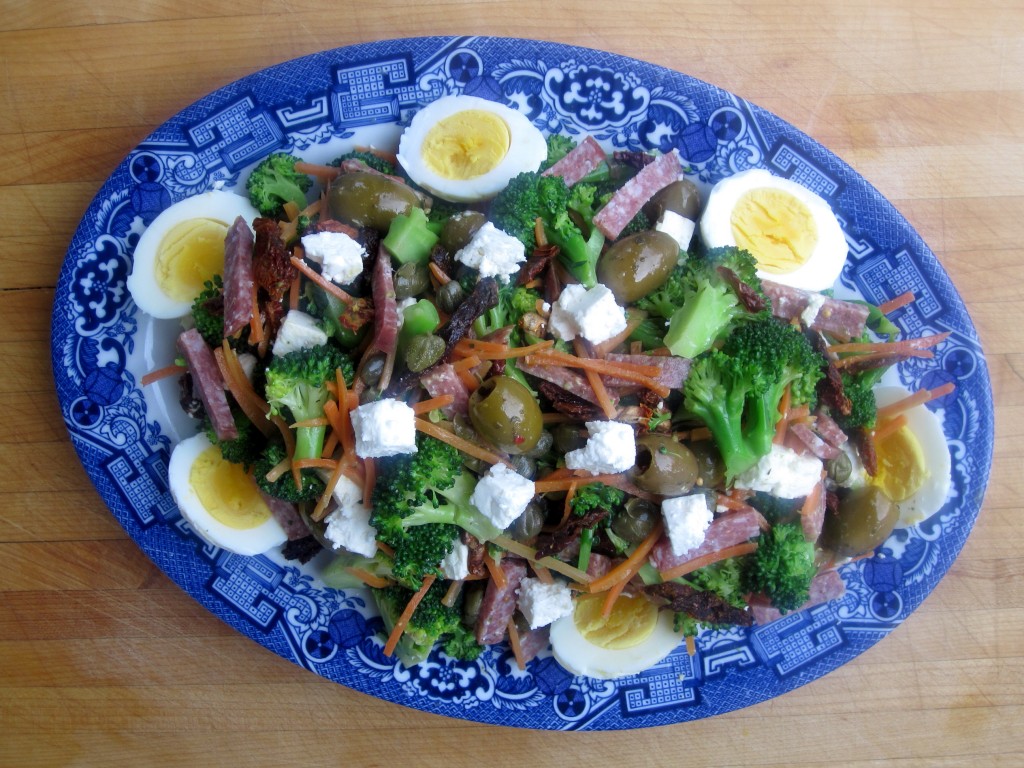
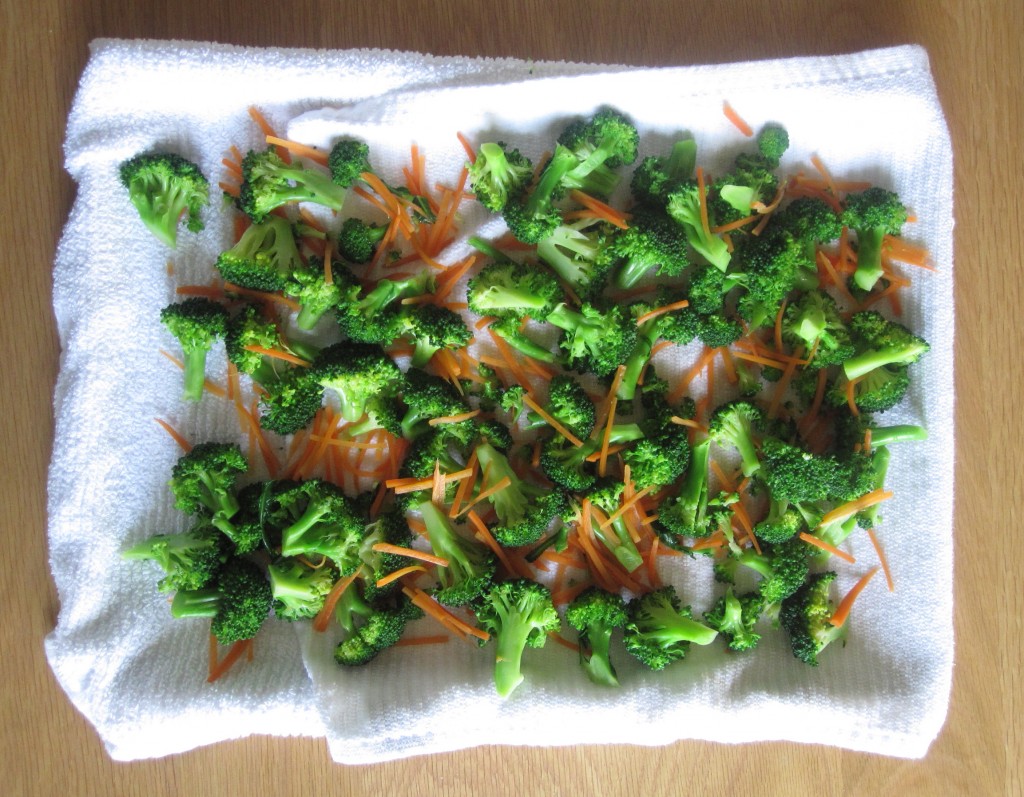
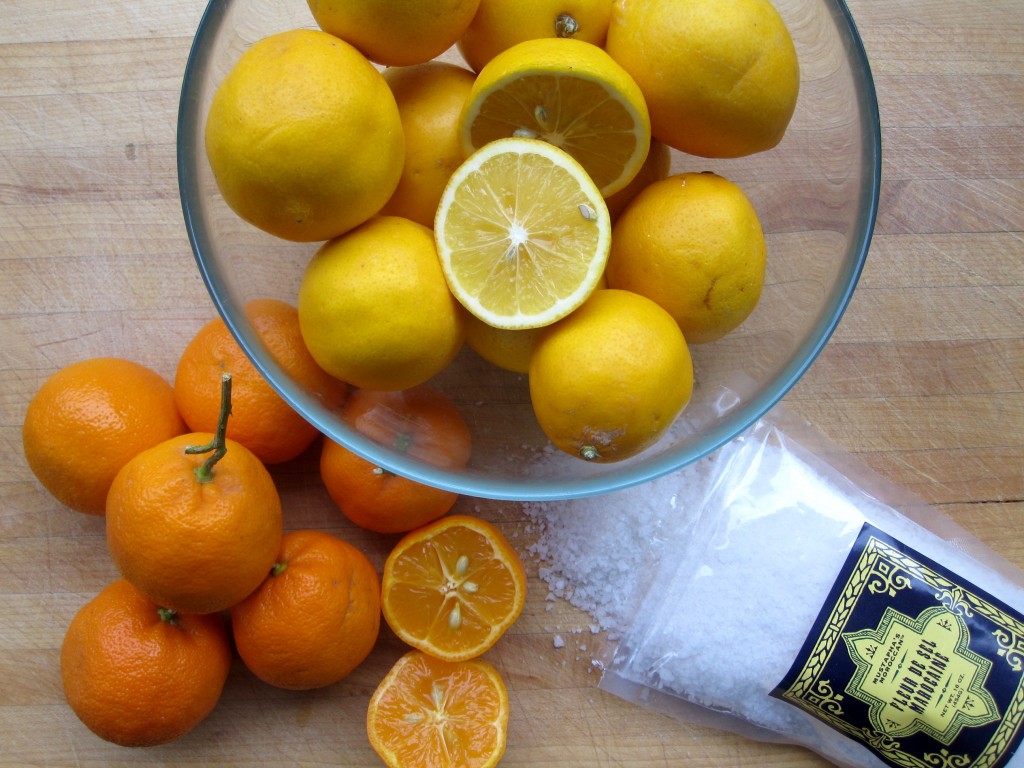
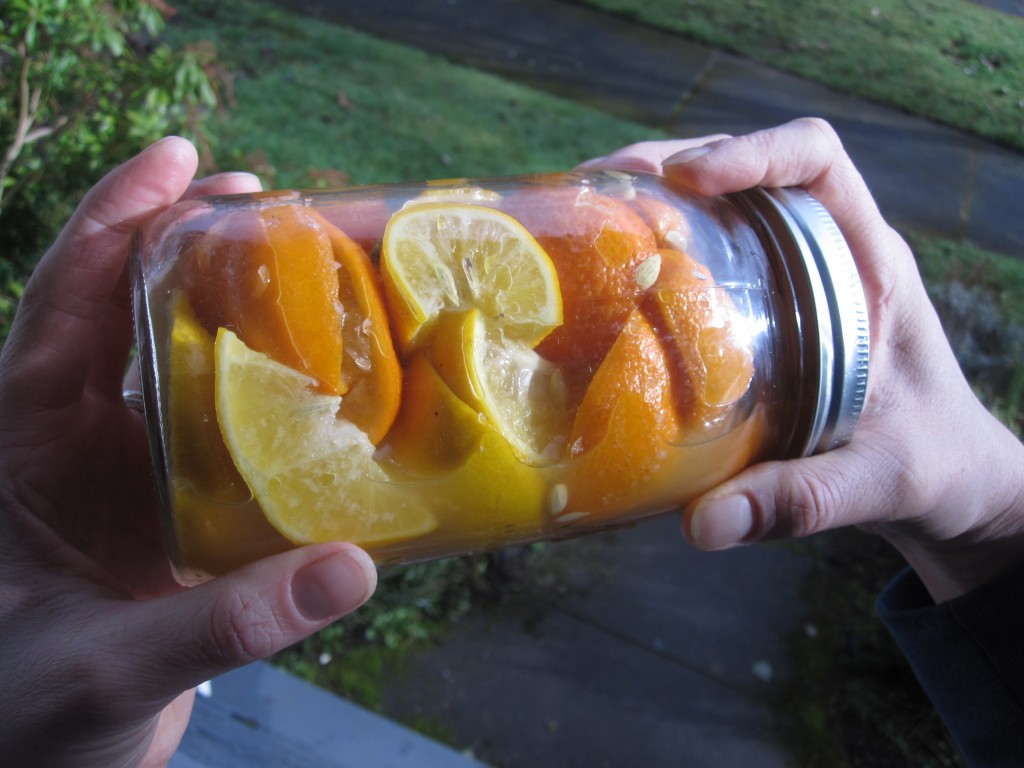
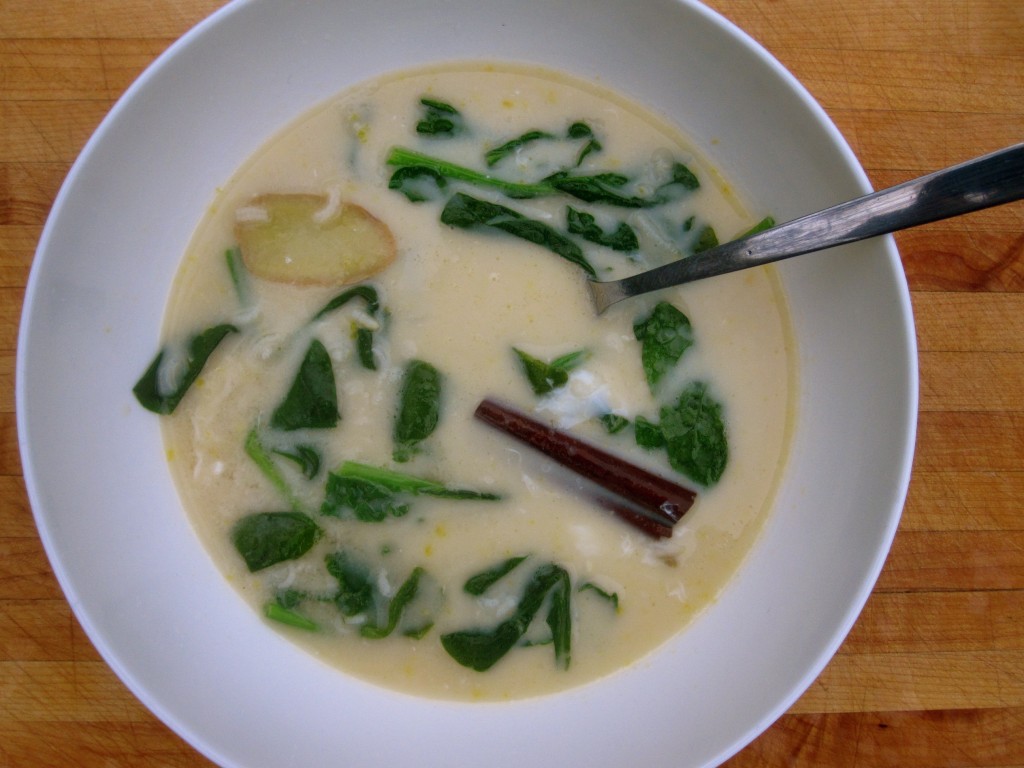
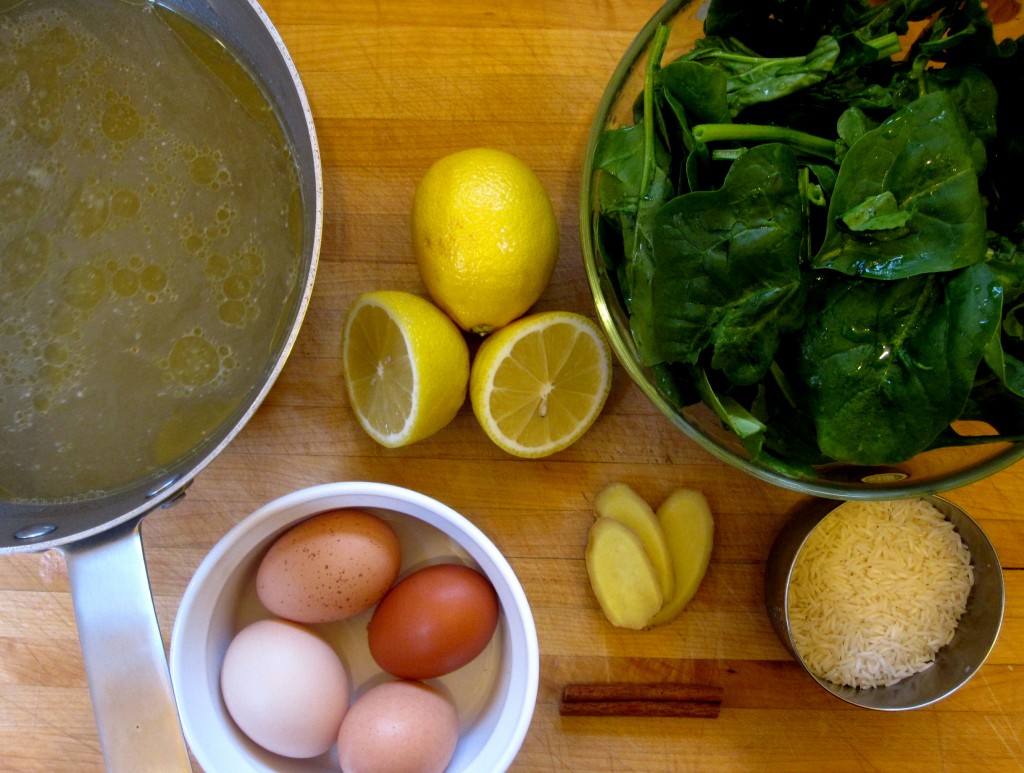
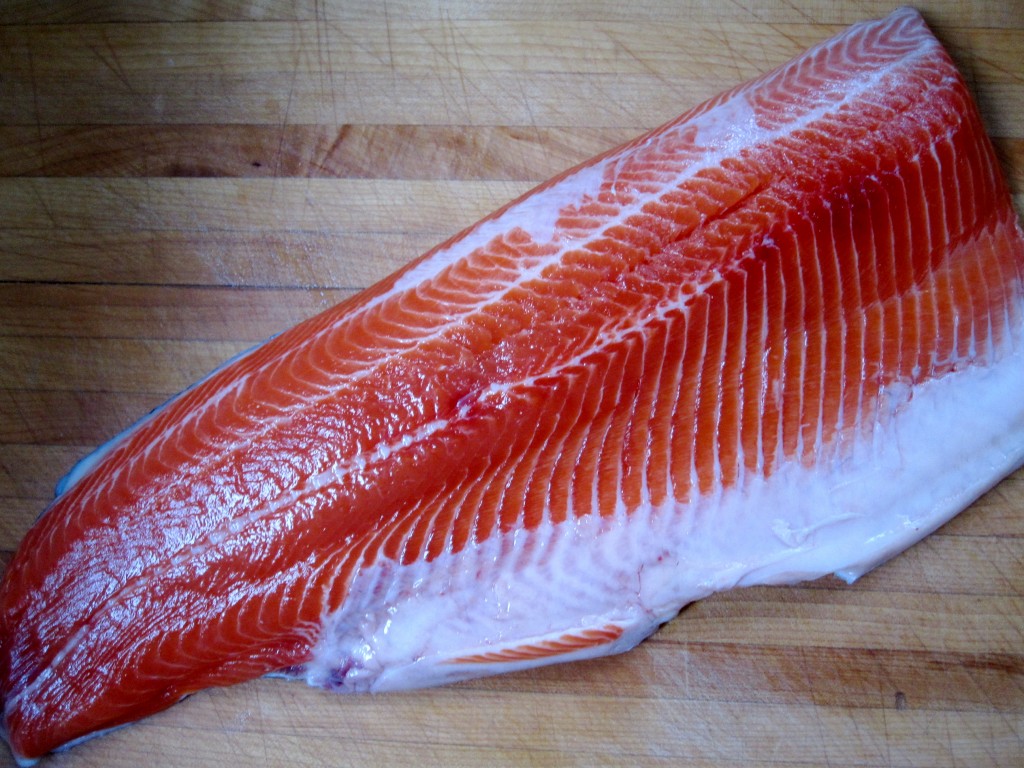
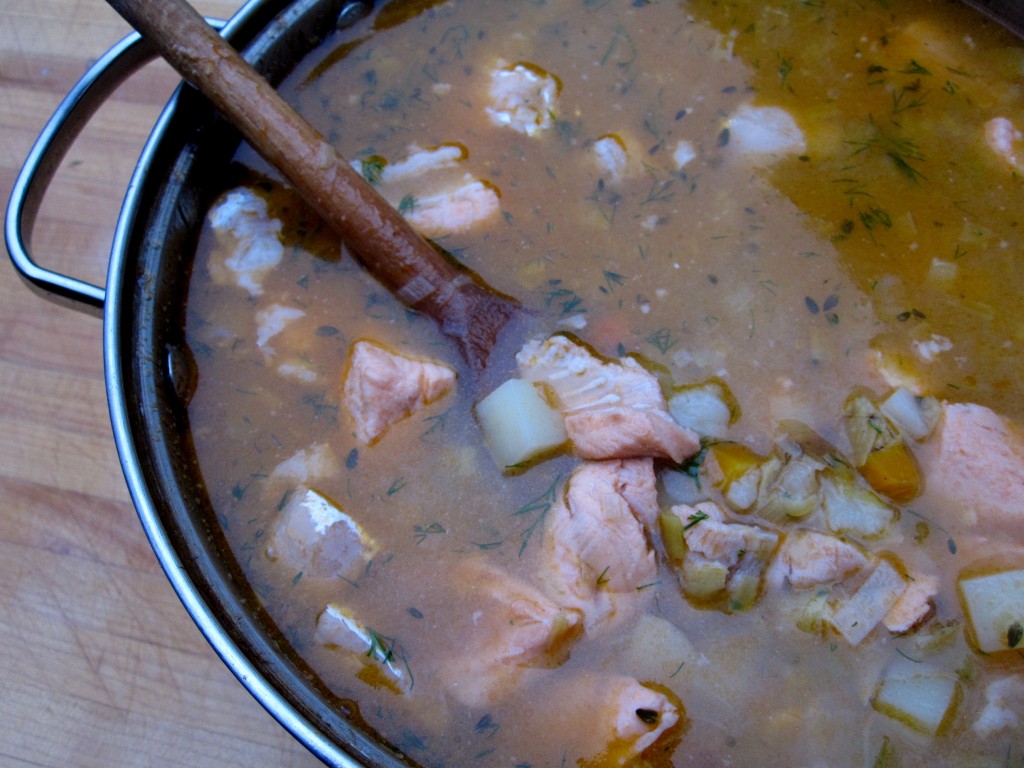
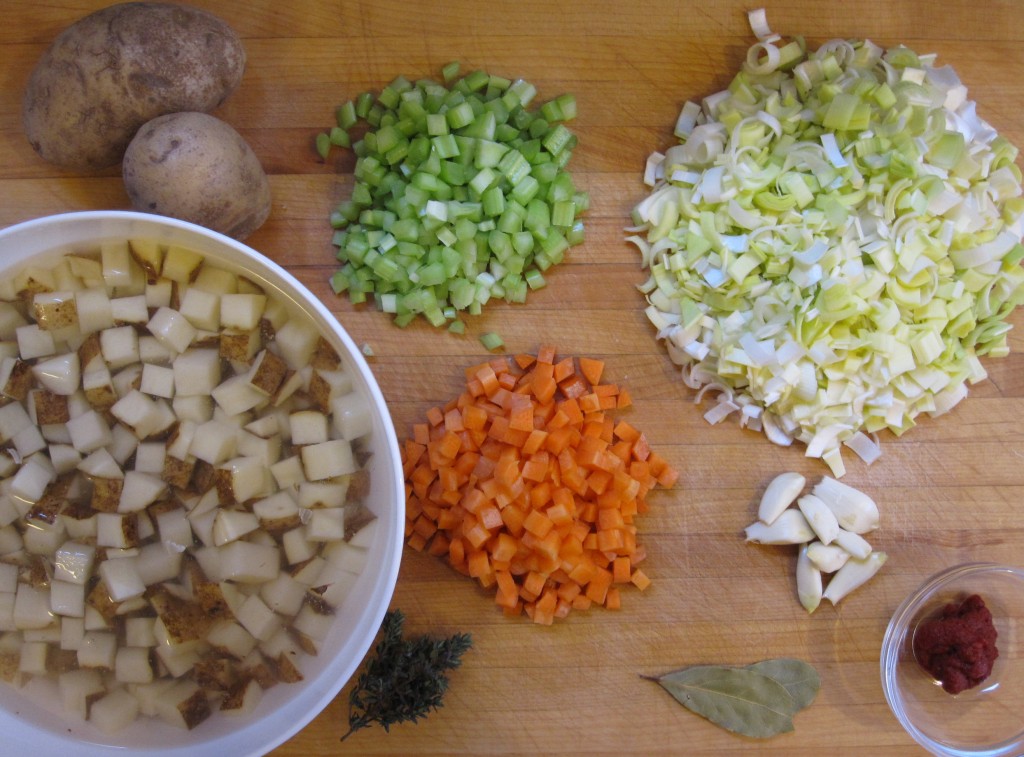
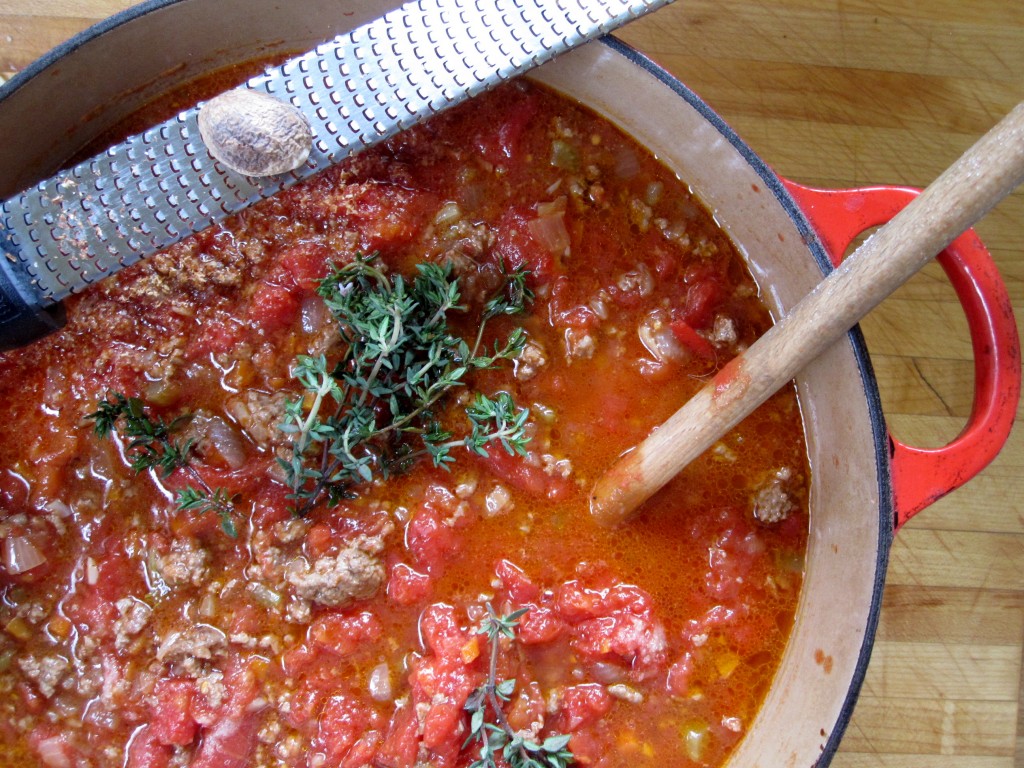
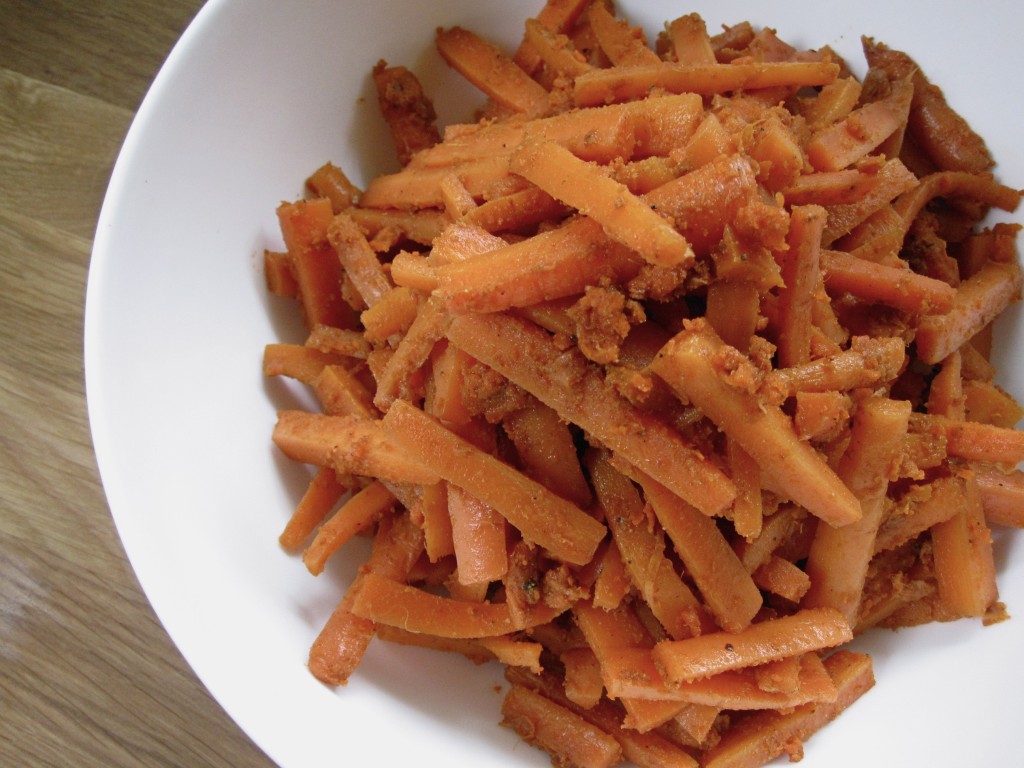
 RSS - Posts
RSS - Posts